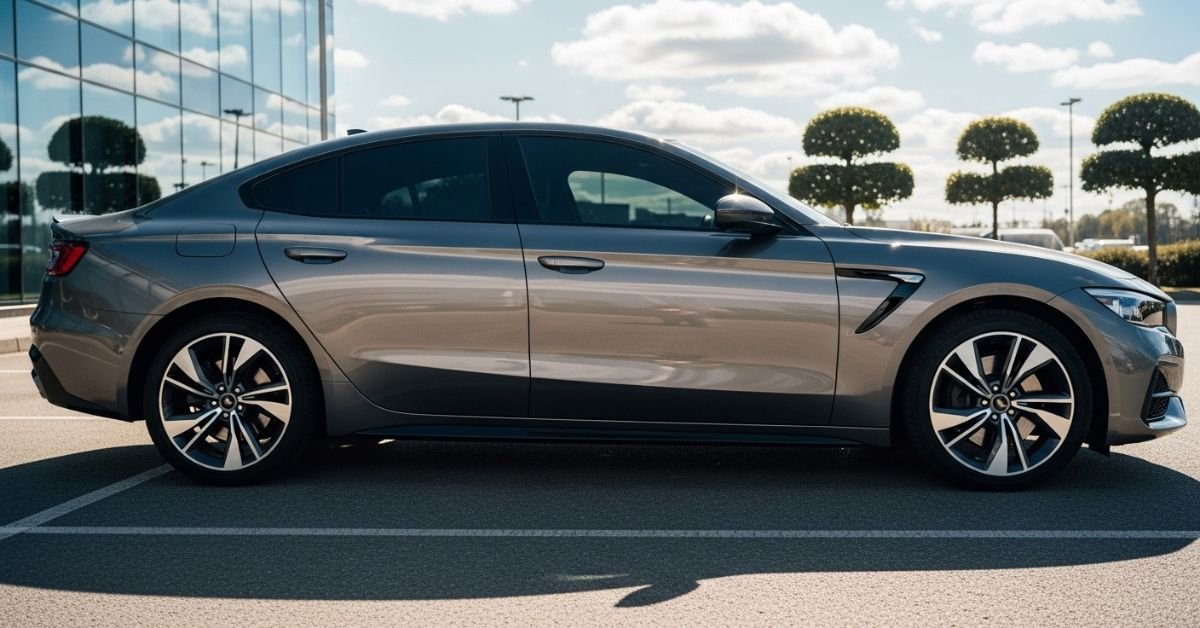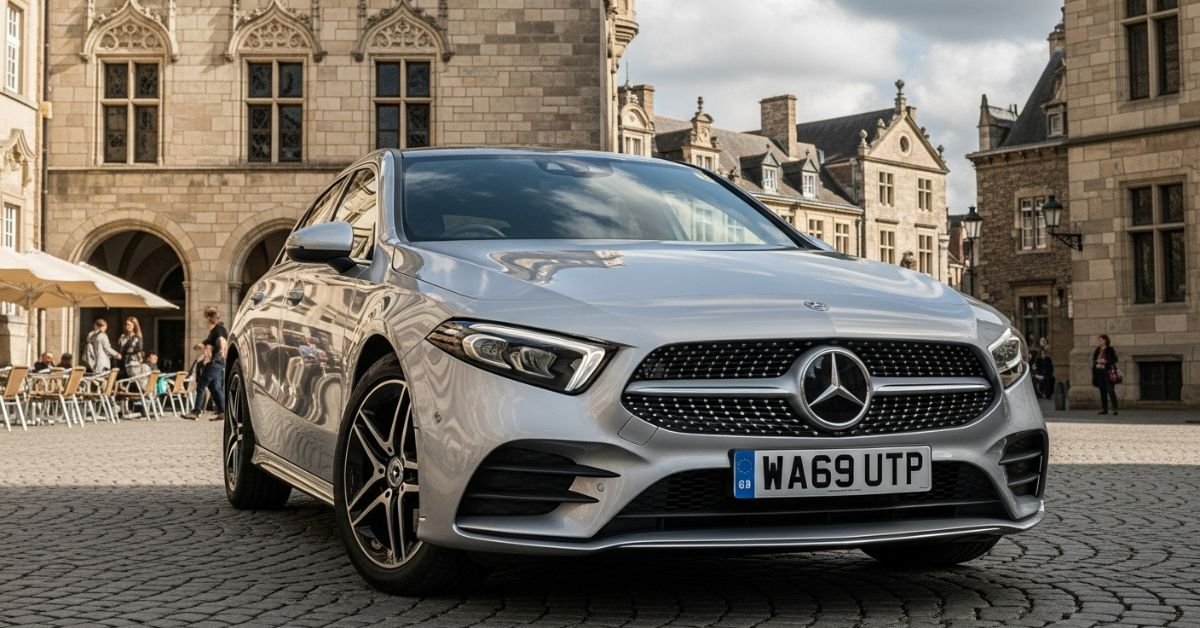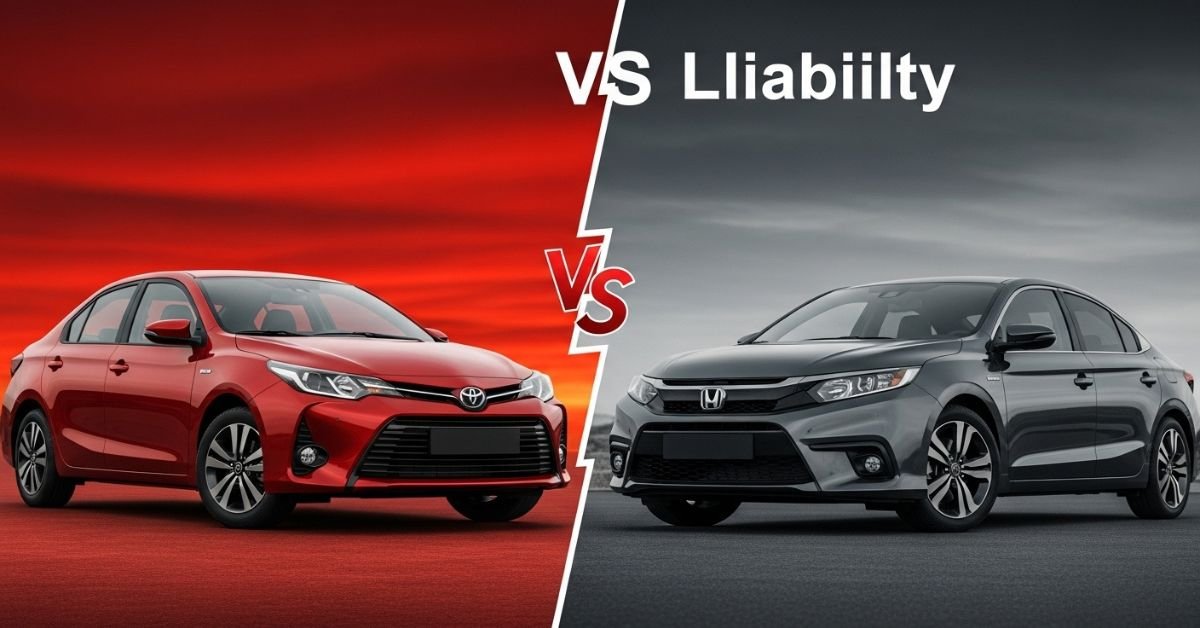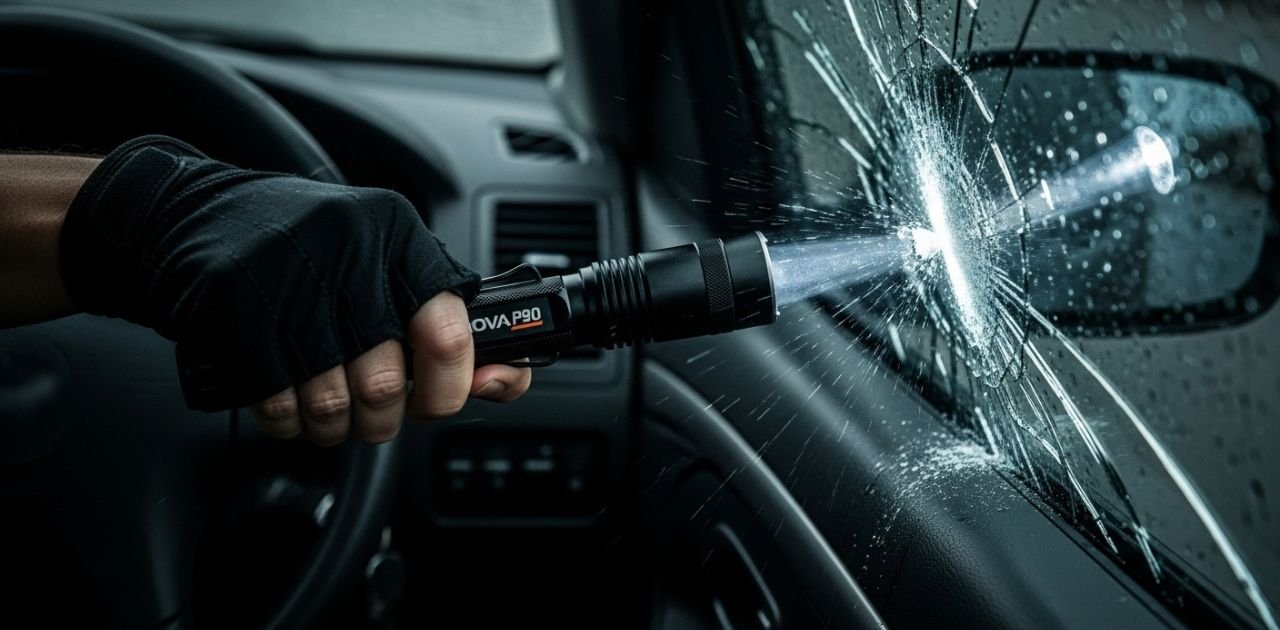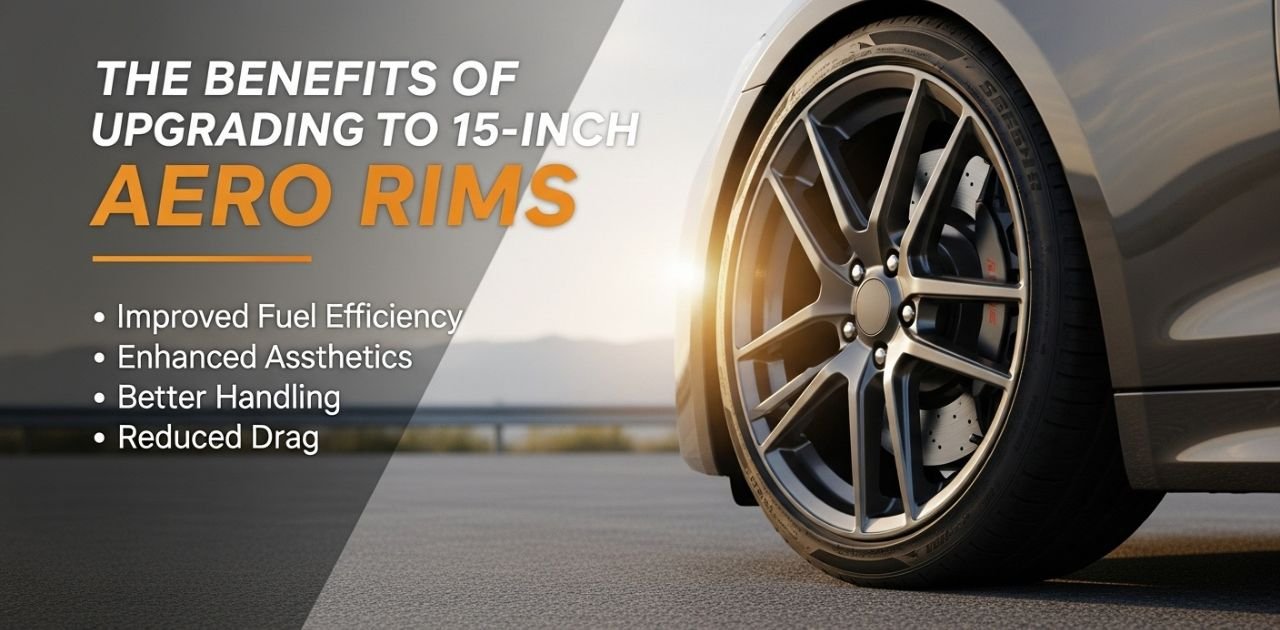Contents
Introduction to Car Tinting
Car tinting is more than just a fashionable upgrade for your vehicle. It’s a practical enhancement that offers a range of benefits, from improving aesthetics to boosting comfort and even increasing safety. Whether you’re cruising down the highway or parked in the sun, tinted windows can transform your driving experience.
But before you grab those shades for your car’s windows, it’s essential to understand what car tinting entails. With various types available and specific legal regulations to consider, making an informed choice is crucial. Let’s dive deeper into this popular automotive trend and explore everything you need to know about car tinting!
The Benefits of Car Tinting
Car tinting offers a range of benefits that go beyond just aesthetics. One of the most significant advantages is heat reduction. Tinted windows can block up to 99% of harmful UV rays, keeping your car cooler and more comfortable during hot summer days.
Privacy is another key perk. With darker tints, you can shield yourself from prying eyes while adding an element of security for your belongings left inside the vehicle.
Additionally, window film provides protection against shattering glass in case of accidents or vandalism. This added safety feature ensures peace of mind for drivers and passengers alike.
Moreover, tinted windows can enhance your vehicle’s appearance, giving it a sleek look that stands out on the road. It’s not just about function; it’s also about style and personal expression.
Types of Car Tint and Their Differences
When it comes to car tint, there are several types to choose from, each with its unique characteristics.
Dyed window film is one of the most popular options. It offers a sleek look while blocking UV rays and reducing glare. However, it may not provide as much heat rejection as other films.
Metalized tints include tiny metallic particles that enhance durability and reflectivity. This type effectively blocks heat but can interfere with signals for GPS or mobile devices.
Ceramic tints are at the top of the line in terms of performance. They offer excellent heat rejection without any metal content, ensuring signal clarity while protecting against harmful rays.
Carbon tints combine style and functionality by providing a rich black finish along with superior UV protection and heat reduction. Each type varies in price and efficiency, so consider your needs carefully before making a decision.
Choosing the Right Tint for Your Car
Choosing the right tint for your car can seem overwhelming. With various options available, it’s essential to consider your needs and preferences.
Start by determining the primary purpose of the tint. Are you looking for privacy, UV protection, or a stylish look? Each objective might steer you toward different types of film.
Next, think about how dark you want the tint to be. Tints come in varying shades, from light to nearly opaque. Remember that darker tints may provide more privacy but could also reduce visibility at night.
Consider local regulations as well. Some states have specific laws regarding window darkness levels and reflectivity percentages. Understanding these rules will save you trouble later on.
Seek professional advice if you’re uncertain. Experienced installers can guide you towards options that not only meet legal requirements but also align with your vision for your vehicle’s aesthetics and functionality.
Legal Regulations on Car Tinting
Car tinting regulations vary widely across different states and countries. Each jurisdiction has specific laws governing the level of darkness allowed for window tints and which windows can be tinted.
Most places specify a maximum Visible Light Transmission (VLT) percentage. This indicates how much light must pass through your car windows. Some areas may allow darker tints on rear windows while imposing stricter limits on front side and windshield tints.
It’s essential to check local laws before applying any tint to avoid fines or mandatory removal. Many regions require a certificate from the manufacturer that confirms compliance with legal standards.
Always keep in mind that non-compliance not only risks penalties but also affects visibility, potentially leading to accidents. Therefore, staying informed about these regulations is crucial for every vehicle owner considering this popular upgrade.
Common Misconceptions about Car Tinting
Many people believe that car tinting is just an aesthetic choice. In reality, it offers numerous practical advantages beyond looks.
Some think all tints are the same. However, different types exist—each with unique benefits and features. Understanding these can help you make a more informed decision.
Another misconception is that window film will damage your vehicle’s glass. Quality tints are designed to protect windows from UV rays and enhance durability.
There’s also a belief that darker tints equate to better privacy. While darker shades do offer some concealment, visibility depends on the type of film chosen rather than just darkness alone.
Many assume car tinting is illegal everywhere. Regulations vary widely by state or country, making it essential for drivers to research local laws before applying any tint.
Maintenance and Care Tips for Your Tinted Windows
Maintaining tinted windows requires a bit of care, but it’s worth the effort. Start by using a gentle cleaning solution specifically designed for tinted surfaces. Avoid harsh chemicals that can damage the film.
Choose a soft cloth or microfiber towel for wiping down your windows. This prevents scratches and ensures a streak-free finish. Always clean your tinted windows in the shade to prevent any cleaning solutions from drying too quickly and leaving spots.
Be cautious with window scrapers or squeegees; these tools can easily scratch or peel the tint. When transporting items inside your car, avoid placing them directly against the glass to minimize wear on the edges of the tint.
Refrain from rolling down your windows during the first few days after installation to allow proper adhesion time for the film. Taking these steps will help keep your tinted windows looking fresh and vibrant for years to come.
Read Our Latest Post!
How to Jumpstart a Car – Step-by-Step Guide for Beginners
Conclusion
Car tinting is more than just an aesthetic upgrade for your vehicle. It offers a range of benefits, from enhancing privacy to protecting the interior from harmful UV rays. With various types of tints available, finding the right one can transform your driving experience.
Understanding local regulations is crucial in ensuring that you stay compliant while enjoying your tinted windows. Misconceptions about car tinting often deter potential users; however, with the right information and maintenance practices, tinted windows can be both stylish and functional.
Investing time in selecting quality films and adhering to care tips will maximize your investment. By choosing wisely, you’re not only enhancing the look of your car but also improving comfort and safety on the road.
Embracing car tinting opens up new possibilities for vehicle customization while providing substantial advantages that enhance every journey. Whether you’re looking for heat rejection or simply want to add a touch of elegance, proper research will guide you toward making informed decisions tailored to your needs.
